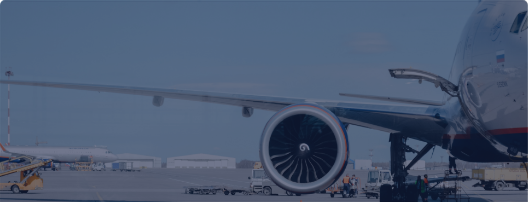Posted on May 28, 2018 linda strong aviation
For any aircraft, a continuous and reliable supply of fuel to the engine is an essential requirement for flight. While some small aircraft may depend solely on gravity to move fuel from tanks to the engine, most modern aircraft require one or more fuel pumps to deliver fuel under pressure, regulate flow, and uphold operational safety in all conditions. This blog will explore the different variations of fuel pumps, as well as dive into general details about how they are designed to suit various aircraft types.
Engine-driven fuel pumps are as they sound, being mechanically powered by the rotation of the aircraft engine. Serving as the primary source of fuel pressure during flight in both reciprocating and turbine engine aircraft, this offers a reliable supply of fuel that scales proportionally with engine speed. They are particularly vital for sustained high-performance operation where gravity feed would be insufficient, variations including:
Electric auxiliary fuel pumps support an engine-driven pump, particularly during startup, takeoff, or emergency scenarios. In some smaller or lighter general aviation aircraft, they may even serve as the sole pumping mechanism. Notable subtypes are:
Ejector pumps, also known as jet pumps, are passive fuel delivery devices that direct pressurized fuel from a primary pump through a nozzle, creating suction that draws fuel from secondary tanks or low points within the main tank. This process helps prevent vapor pockets and maintains feed line priming, which is essential to avoid cavitation especially during steep climbs or rapid altitude changes.
Because ejector pumps contain no moving parts, they offer exceptional reliability and require minimal maintenance. Their design also makes them particularly valuable in large aircraft fuel systems with multiple tanks, where they keep the main fuel pump inlet continuously supplied.
Hand-operated, or “wobble,” pumps are manual fuel transfer devices most commonly found in older aircraft or retained as backup systems. These double-acting pumps are manually actuated via a cockpit-mounted lever, with each pump stroke drawing fuel in one direction and pushing it in the other.
Despite being effective for priming or emergency use, hand pumps have largely been phased out in favor of electric auxiliary pumps in newer aircraft. Nonetheless, they remain functional and reliable in vintage models and for operations conducted in remote or austere environments where electrical support may be limited or unavailable.
With fuel pumps being so critical to engine performance across many aircraft types, sourcing high-quality, certified parts from a dependable source is non-negotiable to avoid operational risks. Aviation Sourcing Solutions, a procurement platform owned and operated by ASAP Semiconductor, offers a wide range of ready-to-purchase fuel pump components and products for countless other endeavors.
With access to a global network of vetted manufacturers and suppliers, we ensure that customers receive top-quality components that are compliant with industry standards and thoroughly inspected prior to shipment. Moreover, with our streamlined quotation processes and dedicated customer service, we greatly reduce the time and complexity associated with sourcing, whether your product needs are common, specialized, or hard-to-find. If you are ready to be matched with competitive procurement options tailored to your requirements, be sure to get in touch with our experts!

 The only independent
The only independent



“We Proudly Support Intrepid Fallen Heroes Fund that serves United States Military Personal experiencing the Invisible Wounds of War : Traumatic Brain Injury (TBI) and Post Traumatic Stress (PTS). Please visit website (www.fallenheroesfund.org) and help in their valiant effort”.
We Hope that You Will Visit Us Again the Next Time You Need Aircraft Parts and Make Us Your Strategic Purchasing Partner.
Request for Quote